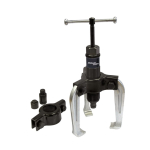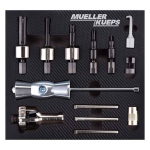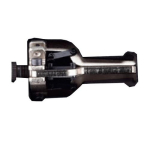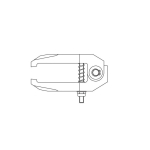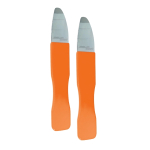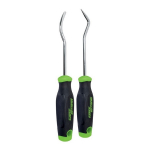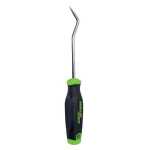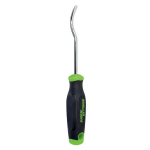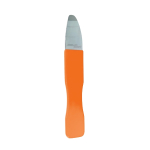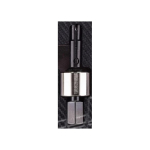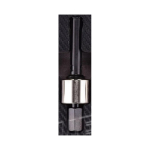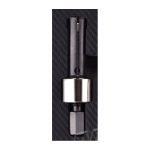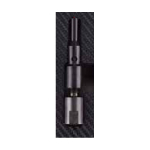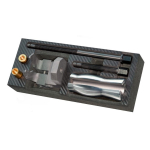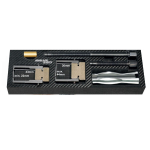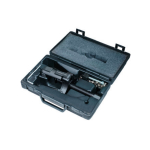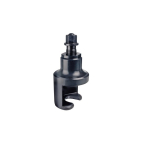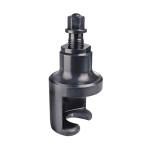Automotive engines rely on various pulleys to drive essential components like the alternator, water pump, and power steering. While these pulleys are built to last, they eventually require replacement. Removing them, however, can be a major challenge, especially in confined engine compartments. This is where the expertise of German engineering companies like Mueller Kueps shines through with their specialized hydraulic puller systems.
Understanding Hydraulic Pullers
Hydraulic pullers revolutionized pulley removal by employing powerful hydraulic force for safe and efficient extraction. They consist of a hydraulic cylinder, pump, and specialized jaws or hooks designed to grip the pulley securely. The advantages of hydraulic pullers include:
- Controlled Force: Precise application of immense force to dislodge even the most stubborn pulleys.
- Damage Prevention: Reduces the risk of damaging the pulley, crankshaft, or surrounding components compared to traditional hammer-based methods.
- Versatility: Modular designs, adapters, and various configurations make them suitable for a wide range of pulley types and applications.
Why Mueller Kueps?
Mueller Kueps embodies a long tradition of German precision engineering and a deep understanding of automotive repair needs. Their focus on high-quality hydraulic puller systems offers several compelling benefits:
- Durability: Constructed from high-strength materials for longevity and resistance to wear-and-tear in demanding workshop environments.
- Innovation: Continuously refined designs with features like self-centering jaws for optimal grip and force distribution.
- Safety: Built-in safety features like pressure relief valves to prevent overloads.
Here's a slightly revised version of the article, making it more focused on the pulleys themselves and how
Mueller Kueps' systems address their unique challenges:
Tackling Tough Pulleys: Mueller Kueps' Hydraulic Solutions for Automotive Mechanics
Automotive engines are complex networks of belts, gears, and pulleys working in sync to deliver power and efficiency. These pulleys, integral to the system, are built for endurance. However, extracting them for repair or replacement presents unique challenges that demand specialized tools. German engineering expertise, embodied by companies like Mueller Kueps, provides the answer with innovative hydraulic puller systems.
The Challenge of Automotive Pulleys
- Confined Spaces: Engine bays are notoriously tight – accessing pulleys can be like a puzzle with limited maneuvering room.
Stubborn Fit: Pulleys, especially crankshaft pulleys, are often press-fit or keyed onto shafts for incredibly tight bonds. - Damage Risks: Traditional removal methods carry the risk of damaging the pulley, crankshaft, or surrounding components.
The Mueller Kueps Advantage
Mueller Kueps hydraulic puller systems are specifically engineered to address these challenges:
- Power meets Control: Hydraulic force delivers the muscle to break even the most tenacious pulley grip, while allowing for precise control, minimizing damage risks.
- Adaptability: Twin and triple leg pullers, along with modular adapters, cater to various pulley shapes, sizes, and engine configurations.
- Engineered for Tight Spaces: Compact designs and extensions enable technicians to navigate cramped engine compartments effectively.
- Built to Last: German craftsmanship using high-grade materials ensures these tools can withstand the rigors of professional workshops.
Spotlight on Systems and Kits
Mueller Kueps offers a range of puller solutions for automotive use:
- Twin/Triple Leg Pullers: The backbone of their systems – robust jaws and self-centering designs secure pulleys for safe, even force application.
- Specialized Adapters: Precisely engineered to match specific pulley patterns and engine makes for a perfect fit.
- Modular Kits: The ultimate in versatility - extension beams, various adapters, and more provide unparalleled adaptability for diverse jobs.
The Value for Mechanics
Investing in Mueller Kueps hydraulic pulley systems offers several tangible benefits:
- Efficiency: Saves time, eliminating struggles with makeshift or forceful traditional methods.
- Damage Prevention: Reduces the potential for costly damage to engines, ensuring repairs go smoothly.
- Professionalism: Demonstrates a commitment to quality tooling and proper procedures, building client trust.
Mastering Pulley Removal: Automotive Hydraulic Puller Systems
Automotive pulleys, while durable, often become the bane of a mechanic's existence when it's time for replacement. Traditional pry-bars and hammers risk damage and frustration, while tight engine bays limit maneuverability. Here's where hydraulic puller systems, especially twin and triple leg variations, become essential tools for automotive professionals.
Why Hydraulics?
- Controlled Power: Hydraulic pullers deliver immense, yet easily adjustable force to dislodge even the most stubborn crankshaft or harmonic balancer pulleys.
- Damage Prevention: Precision control greatly reduces the risk of damaging the pulley, shaft, or surrounding engine parts – saving money and time.
- Tight Space Specialists: Compact designs and adjustable legs make navigating confined engine compartments easier.
Twin and Triple Leg Advantages
These configurations offer superior stability and force distribution, crucial for:
- Crankshaft Pulleys: Secure grip and even pulling prevent damage to this critical component.
- Large Pulleys: Multiple legs handle the weight and resistance of bigger pulleys efficiently.
- Awkward Engine Layouts: Adjustable legs accommodate various pulley orientations for optimal access.
Modular Kits - The Versatile Solution
Many manufacturers offer modular kits with a core hydraulic puller and specialized components:
- Engine-Specific Adapters: Ensure a perfect fit, reducing the chance of slippage and damage.
- Extensions: Reach deeply recessed pulleys or navigate around obstructions.
- Versatility Beyond Automotive: These systems often find uses in industrial machinery repair as well.
Choosing the Right System
Consider these factors when selecting a hydraulic puller system:
- Pulley Types: Focus on the most common pulleys you encounter (e.g., crankshaft, power steering).
- Pulling Force Requirements: Match the kit's capacity to the size and stubbornness of the pulleys you typically work with.
- Budget: Balance your investment with the range of applications you intend to cover.
Conclusion
Investing in a quality hydraulic twin/triple leg puller system transforms pulley removal from a potential nightmare into a well-controlled, efficient process. It demonstrates a commitment to doing the job right, saving time, reducing frustration, and ultimately protecting your client's vehicles.

